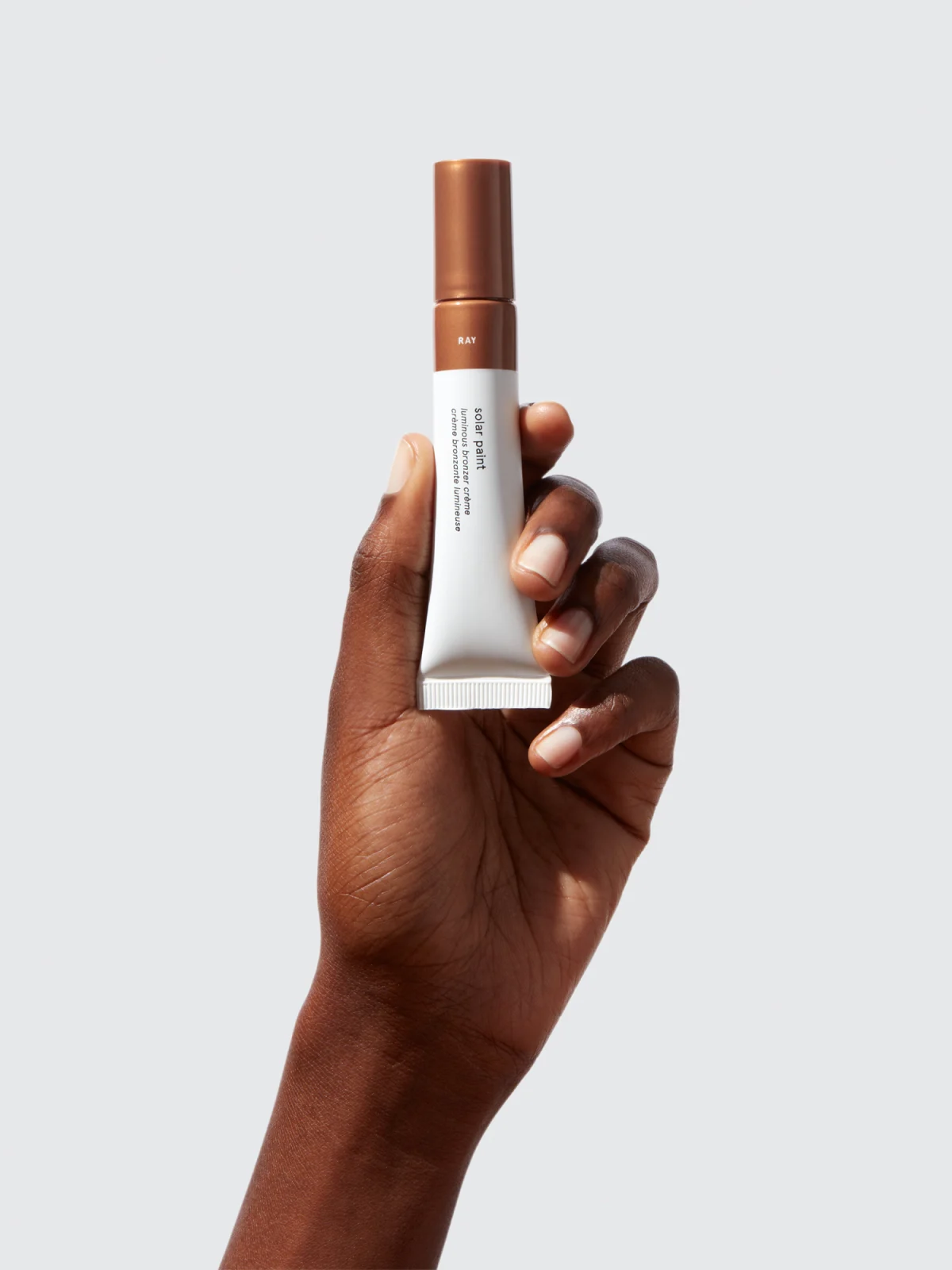Green Tea Cloud Foam Cleanser – 100% PURE
Balancing foam cleanser calms redness with green tea caffeine and aloe, while gently toning the complexion with white tea.
For All Skin Types
Balancing face cleanser calms the skin with a blend of teas and botanicals. Pillowy soft foam sweeps away dirt and oil, while aloe and green tea caffeine reduce redness and gently de-puff. A calming blend of calendula, white tea, and helichrysum flower gently tone the complexion for a balanced, rejuvenated glow. This green tea cleanser is free of sulfates, parabens, and artificial dyes.
DIRECTIONS
Pump foam onto wet, clean hands. Apply to face and neck; massage in gentle circular motions to cleanse. Rinse with warm water.
SIZE
5.07 Fl Oz / 150 mL
SOURCE
Made in USA
Additional information
| Ingredients | Aloe Barbadensis (Aloe Vera) Leaf Juice*, Calendula Officinalis Distillate (Calendula Hydrosol)*, Helichrysum Italicum Distillate (Helichrysum Hydrosol)*, Decyl Glucoside, Coco Betaine, Natural Green Tea Flavor, Camellia Sinensis (White Tea) Leaf Extract, Arctium Lappa (Burdock) Root Extract, Camellia Sinensis Leaf (Green Tea) Extract, Salicylic Acid, Sorbic Acid, Glycerin, Sodium Bicarbonate (Baking Soda), Benzyl Alcohol, Aqua (Water) *Organic Ingredient |
|---|






by Tesa
What a treat to be able to clean with this cloud foam cleanser–easy to use, iight but does a great job of removing makeup and dirt. So refreshing. Highly recommend.
by Kara
I have been using this for awhile and I really hope you always continue to make this product….it has literally saved my skin!
by Mia
I love this one, maybe even more than I loved the other foam cleanser 100% carries. Very gentle & doesn’t strip the skin.
by Ellie
so far so good. i like how light it is. the smell is fine, not great but not over powering. it gets oil and makeup off my face without leaving me feeling dry and stripped of moisture.
by Lena
For some reason, I had low expectations of this product but I was pleasantly surprised when it washed off my make-up without any issues. It’s gentle on the skin and it’s not drying like most cleansers I’ve used before. I will be ordering it again.